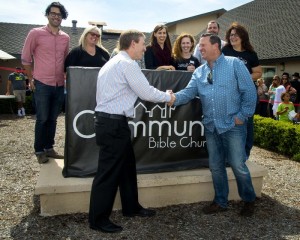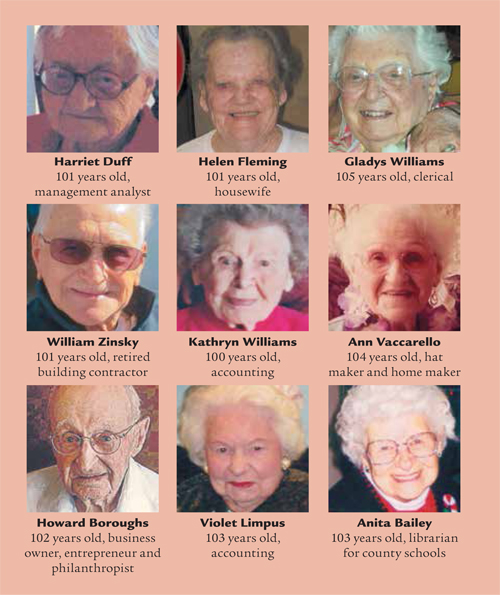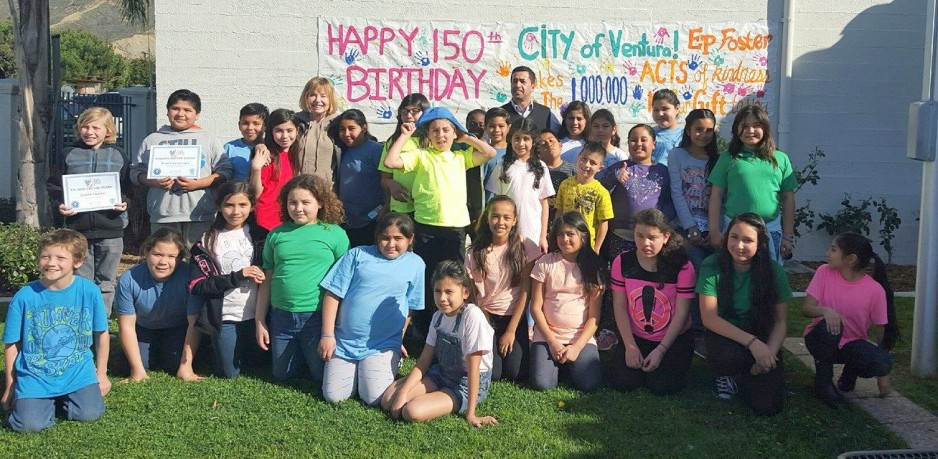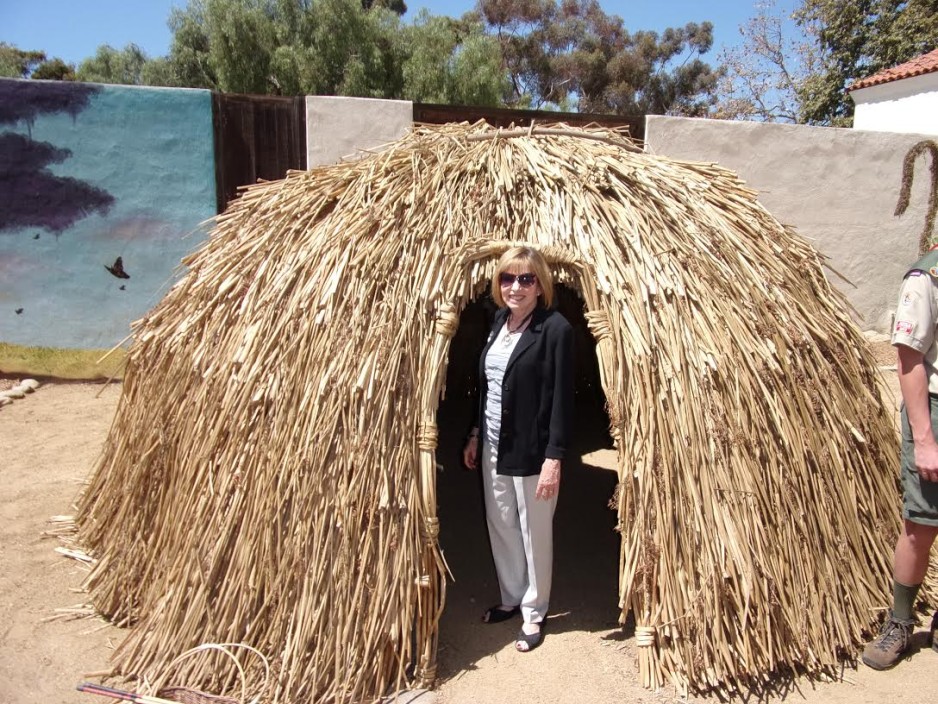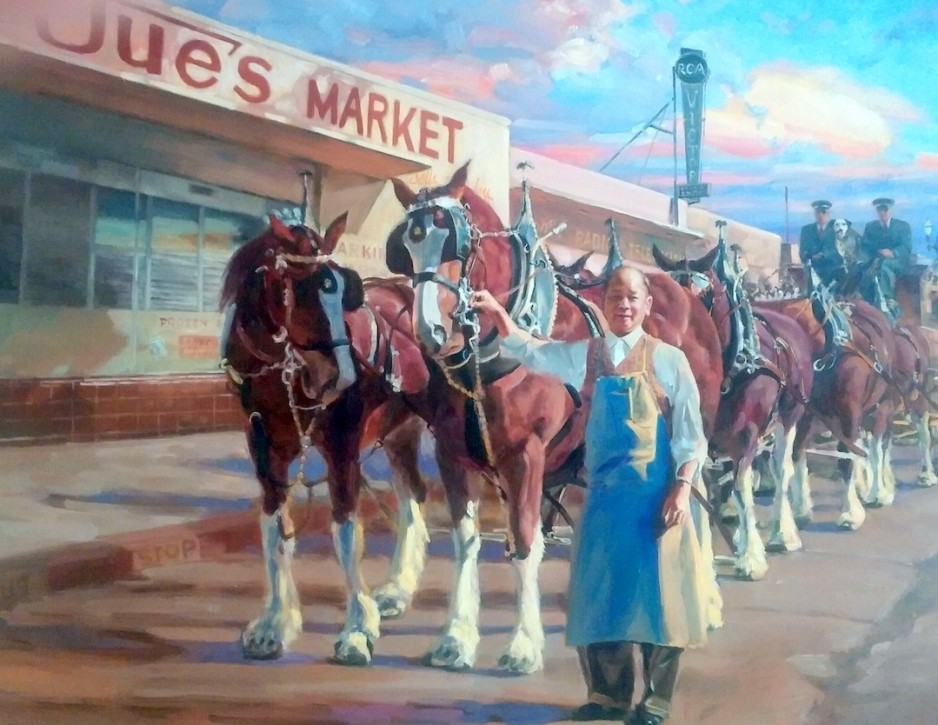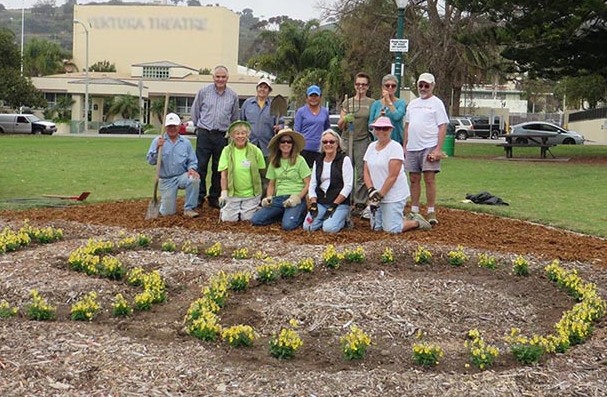The City of Ojai Arts Commission is accepting applications from students who wish to participate in the ARTSOjai 2016 Artists Mentor Program. This is the fourth year for the program, which pairs working artists with local students for a summer internship. The City is looking for applicants from Ojai public and private schools who will be juniors or seniors in the fall of 2016. To participate, they must be Ojai residents.
The commission will select five students, each of whom will receive a $500 scholarship and be paired with one of five local artist mentors, each of whom will receive a $750 grant honorarium. Once again, the Ojai Education Foundation is helping to fund the program.
All the students and mentors are required to commit to a minimum of 50 hours of working together this summer. Applications and profiles of the five artist mentors are available online at www.ojaiarts.org. The deadline to apply is April 22. Contact Heather Stobo, [email protected], with any questions.
A Salon Series is taking place at the Ojai Valley Green Coalition Resource Center located at 206 N. Signal St. #S. Next Salon is Thursday, April 7, 7 to 9 p.m. The theme is Biophilia, the love of living things. Come share with song, art, story, the written word, or come to listen – however one is moved.
A donation and beverage to share are appreciated, though not required. Full details available at ojaivalleygreencoalition.org.
Mary Eckhart will visit the Ojai Library at 1 p.m. on Saturday, April 9, to deliver a talk entitled “Here’s Looking at You Kid: Our Timeless Passion for Portraits.” Since time immemorial one of mankind’s most fascinating pastimes has been looking at itself and depicting the results.
On Saturday, April 2, from 1 to 2 p.m., local author LeeAndra Chergey will visit the Ojai Library to talk about her book, Make a Wish for Me: A Family’s Recovery from Autism. Chergey will begin with a talk on the challenges of living with her son’s autism diagnosis and the early intervention that led to his recovery. The Ojai Library is located at 111 East Ojai Ave.
Twice-Sold Tales, the Ojai Library book store, announces a construction sale! Construction is about to begin and hundreds of books will be available for sale at ½ price starting Friday, April 1 and will continue through April 15. The book store is about to get a much-needed renovation which will include a 600 square foot community room added.
The Ojai Valley Library Friends and Foundation is a non-profit organization that provides funds for use by the library for books and special programs at all three Ojai Libraries.
Ojai Raptor Center’s 2016 Spring Open House will be held on Sunday, April 10th from 12-4PM.
The Ojai Raptor Center (ORC) is a non-profit wildlife rehabilitation facility that takes in an average of 1,000 animals a year, specializing in raptors, or birds of prey, with the goal being release back to the wild. For ORC’s Spring Open House our theme will be “Nesting Season” with plenty of fun information and things to see related to baby raptors. As always there will be lots of fun activities for kids, stage presentations, Chumash stories, chances to win a raptor release with our staff, and snacks and refreshments for purchase.
April 10th at 2 p.m., the Ojai Art Center Theatre will have a staged reading of a new play, “Clarity,” written by Christine Rosensteel, author of the comedy “No Limits” in the Art Center’s One-Act staged readings, last summer. Guns are as common as the sugar bowl in this Connecticut kitchen on the first day of deer hunting season. The father/son tradition takes a comedic and poignant turn thanks to a mother’s love and courage. Suggested Donation $10. For more information [email protected].
On Monday, April 11th at 7 p.m. The Ojai Art Center Literary Branch, in honor of Poetry Month, is privileged to host Marsha de la O, recent winner of the Isabella Gardner Poetry Award (2015) for her book, Antidote For Night. “Set in present day Southern California, it is a heartbreak lyric… a love song to California’s city lights and far-flung outskirts…” Taggart currently runs Thursday Night Poetry, an open mic and featured reading at the E.P. Foster Library in Ventura. Reception will follow. $5 suggested donation. For more info: [email protected].
